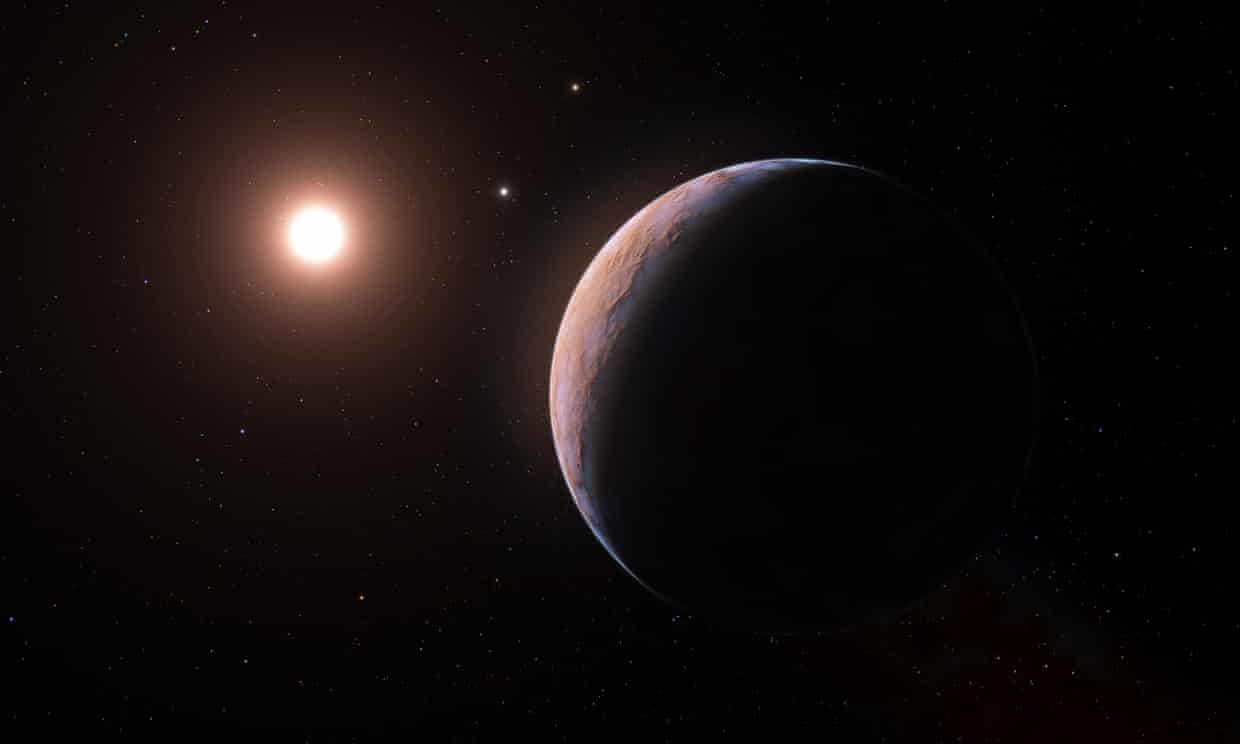According to a new study, the Sun's closest neighbor may actually host three planets. Astronomers have indeed found evidence suggesting the presence of a new world evolving very close to Proxima Centauri. Details of this work are published in the journal Astronomy &Astrophysics.
Found only 4.2 light years away , Proxima Centauri is the closest star to the Sun, but it is not alone. A little over five years ago, a team of astronomers from the European Southern Observatory announced the discovery of a first planet in orbit around this star. We have since learned that this world, dubbed Proxima Centauri b, is moving through the habitable zone of its system, completing one revolution of its star in eleven Earth days. Studies are currently continuing to find out if this planet could host an atmosphere and oceans.
Then, in 2020, researchers from the Italian National Institute of Astrophysics suggested the presence of a second planet around the star. This world, called Proxima c, would take about five years to go around its star. It would also be at least six times more massive than Earth, but would likely be too cold to support life as we know it.
More recently, astronomers have found evidence of a third planet circling Proxima Centauri. This extraterrestrial world would represent only a quarter of the mass of the Earth , which, if confirmed, would make it one of the lightest known exoplanets . "This new discovery shows that our nearest stellar neighbor appears to be full of interesting new worlds, within the scope of further study and future exploration “, emphasizes João Faria, from the Institute of Astrophysics and Space Sciences in Portugal.

This new planet, called Proxima d, could be detected using the radial velocity method. This involves spotting tiny wobbles in a star's motion induced by the gravitational tug of an orbiting world. In this specific case, these tugs were very light, corresponding to a planet with a minimum mass of a quarter of that of the Earth. To do this, the researchers relied on the ESPRESSO instrument, installed on the Very Large Telescope (VLT) of the European Southern Observatory in Chile.
According to analyses, Proxima d would evolve very close to its star, at a tenth of the distance between the Sun and Mercury, completing an orbit every five Earth days. At such a distance (about four million kilometers), this planet evolves outside the habitable zone of Proxima Centauri , where the temperature range allows the presence of liquid water. If it is much too cold on Proxima c, it would be much too hot there.